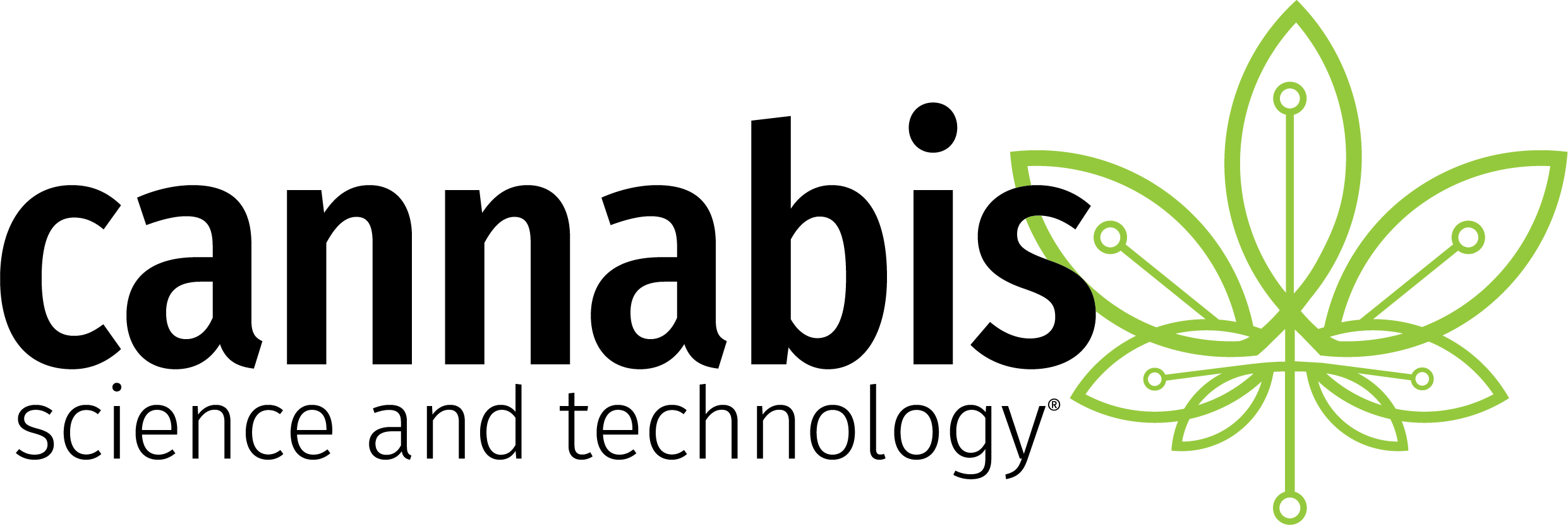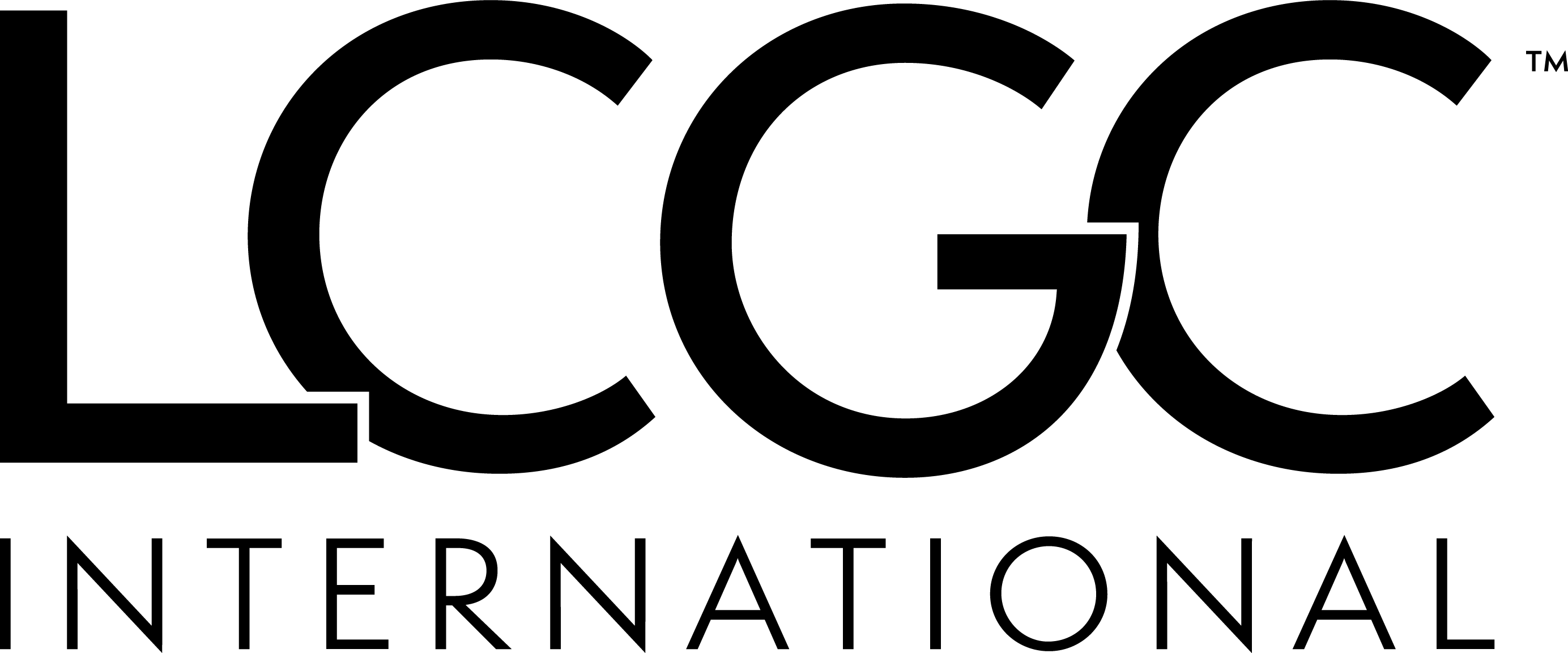
The Importance of Detailed Patient Consent Tracking
Patient consent is important to stay on top of for many reasons.
Patient consent is important to stay on top of for many reasons. If patients have not agreed to the latest consent form, the validity of your trial data could be at stake. A CTMS makes it easier to track the latest consent forms and which patients have or have not signed the form. CTMS technology takes away the risk that new and signed consent forms could be overlooked, saving time and money while also increasing the quality of your trial data. Here are just some ways an effective CTMS can make consent form tracking easier at your organization:
Easy Form Updates
With an effective CTMS, you can quickly and easily upload the latest consent form and attach it to a particular study. This makes it easy to pull up and print for when patients need to sign the form. What’s more, all previous versions of a study’s consent form are also available for granular tracking purposes. Uploading your consent forms onto the CTMS prevents errors and lost documents while also making it simple for your coordinators to access up-to-date forms in real time.
Track Which Consent Form Patients Have Signed
Trying to stay on top of which patients have signed the most updated consent form is a difficult task. What’s more, coordinators need to analyze which patients are even required to sign the latest consent form. These complexities leave lots of room for errors that can cost your organization time and money, and even potentially hurt the quality of your trial data. A CTMS can make this process even easier by generating a report that lists each study patient and the consent form they have signed. This gives your coordinators a clear list of patients they can then analyze to determine who needs to sign updated consent forms.
Track Withdrawn Consent
Your organization also needs to track when patients withdraw consent. If withdrawn consent is overlooked or poorly tracked, your data has more potential to be compromised, you may be putting the patient in danger and you are at risk to lose money conducting unnecessary procedures. An effective CTMS can also track when patients have withdrawn consent throughout a study. What’s more, a CTMS can track how many times a patient has withdrawn consent. By being able to track everything related to withdrawn consent, your organization now has a clearer, more accurate picture of your trial data.
This post first appeared on the Bio-Optronics Blog
Newsletter
Stay current in clinical research with Applied Clinical Trials, providing expert insights, regulatory updates, and practical strategies for successful clinical trial design and execution.





.png)



.png)



.png)
.png)
